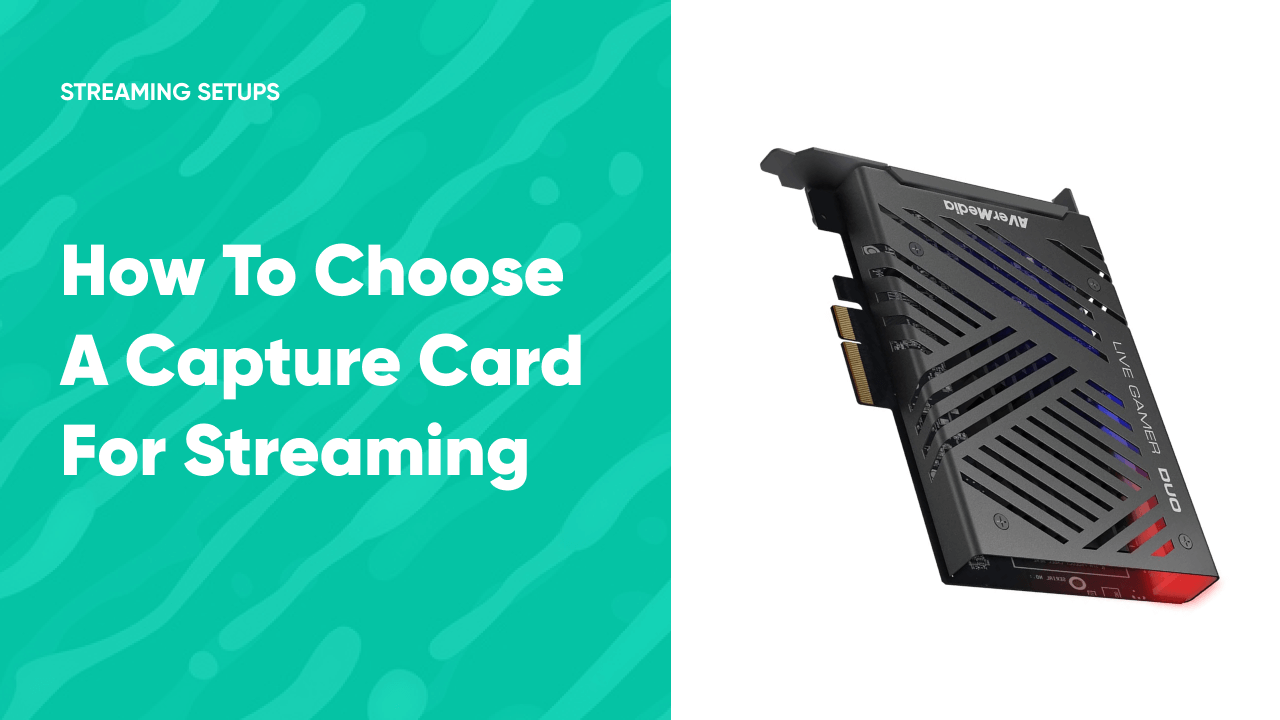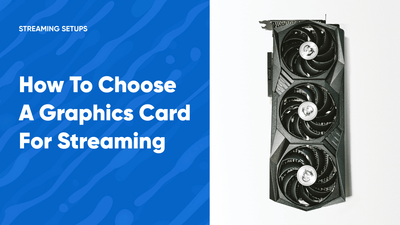
What is a Capture Сard?
A capture card is a device that converts a video signal into a format that a computer can understand and record. Capture cards don't encrypt data, but they assist in transmitting it from one end (PC, console, DSLR Сamera, Audio Source, etc.) to the other (Streaming Service, Recording Software such as OBS Studio).
A video capture card isn't required for streaming from a console or PC, but you'll have more control over the appearance and quality of your live stream using capture cards.
The most common types of these devices are external capture cards that connect to the PC through USB and an inside PCIe expansion card. Internal capture cards are a more costly but robust solution. On the other hand, external capture cards are slower but more cheap and portable, as they can be used with various gaming systems and consoles.
What Does a Capture Card Do?
-
If you're a PC streamer and use external devices such as a DSLR camera, raw video or audio data likely require a capture card to work effectively with your PC.
-
If you're building a dual PC setup, a capture card collects the game output and sends it to a streaming service. The PC with the more powerful CPU serves as a streaming system, while the one with the more powerful GPU handles gaming.
-
If you're a console streamer and want to add customizations like chat, overlays, alerts, etc. Due to limitations in console power, you aren't able to have such things directly streaming from the inner console app.
What to Look For in a Capture Card
Passthrough
This means that the capture card is capable of "passing through "and recording. For example, let's say you want to stream games on Twitch from your PlayStation 5. Then, you connect the console's HDMI to a capture device, then use another HDMI cable to connect a capture card to the display — this is known as a signal passthrough. A copy of the same signal is transferred from the capture device to your PC via USB, where it is processed by software like OBS.
Refresh Rate and Resolution
Capture cards come in a variety of resolutions. Some cards, for example, may capture a 1080p resolution and a 60Hz refresh rate while passing through 1440p and 144Hz. Consider your needs and other components' abilities before purchasing.
Input Type
The input is usually HDMI, but make sure the capture card is compatible with the device you're streaming from.
HDR Support
HDR (High-Dynamic Range) video has a greater dynamic range than standard-dynamic-range recordings. This means that any HDR content will have better contrast, color accuracy, and overall look. Even if you don't want HDR compatibility right now, when the next generation consoles launch in the following years, HDR will be expected in every game. Keep in mind that only viewers with HDR-capable monitors will see HDR quality.
Software
To utilize a capture card with a computer, you should use software that came with the capture card or third-party software. Look for cards that come with user-friendly, feature-rich software that includes things like overlays and camera integration.
Conclusion
Becoming a top streamer takes time and effort to create high-quality content that attracts viewers. Of course, good equipment won't automatically push you to superstardom, but it will make the journey much easier. In this article, we've covered what a capture card is and how to use one. With a well-thought setup, it definitely could significantly impact your stream presentation.
Learn even more with tech guides in our blog. We highly recommend checking Best Microphones for Streaming, Best Lighting For Streaming, and a complete guide on How to Start Streaming on Twitch in 2022. Our greatest goal is to make your stream look cool. Kudos!





